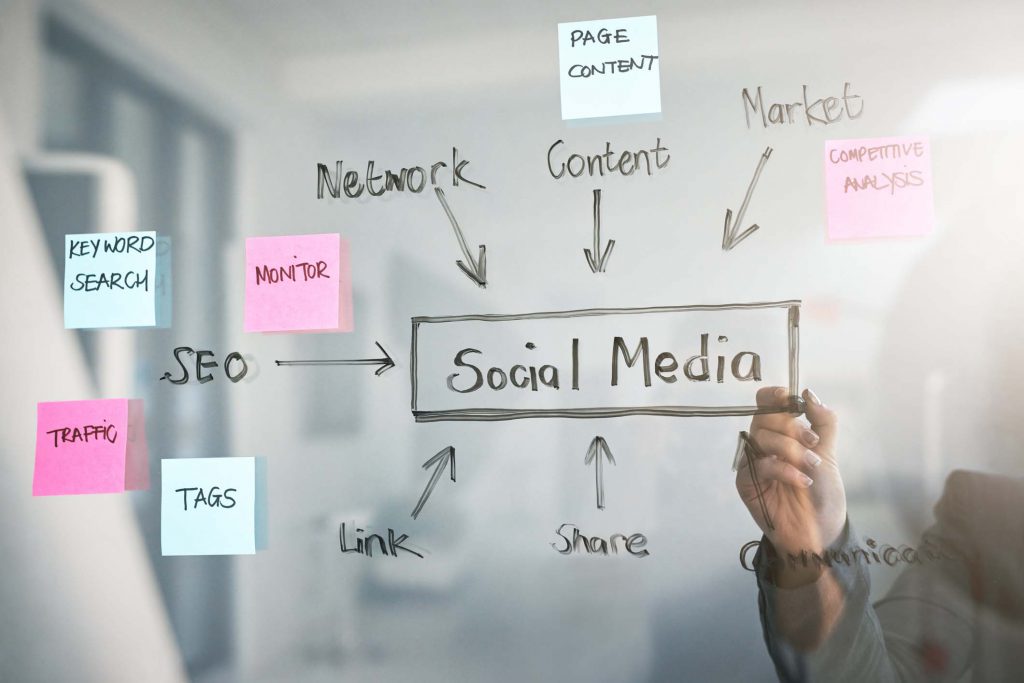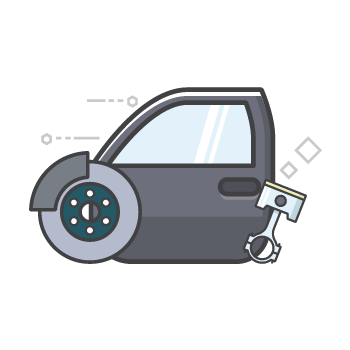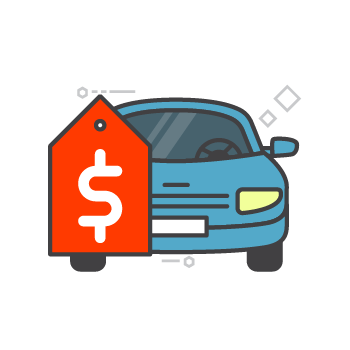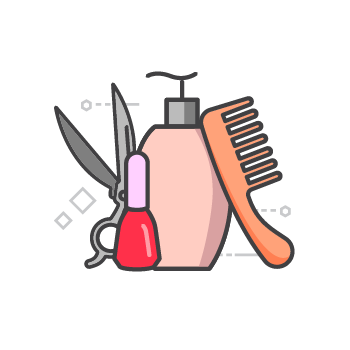How To Use LinkedIn as a B2B Marketing Tool
by Karen Rollins Feb 22, 2021

Since its launch in May 2003, LinkedIn has grown from a social media platform that mainly connected employers to jobseekers, and vice versa, into a professional networking website with over 695 million members.
LinkedIn’s value as a business-to-business (B2B) marketing tool is significant because of the unprecedented ability it gives users to foster relationships with other professionals in their network at a vast range of organisations across the world.
Where else can you possibly ‘link’ directly with influencers and decision-makers like the head of marketing, chief financial officer, or managing director of a major company you want to engage with as a partner or supplier?
So, what is the best way to use LinkedIn as a B2B marketing tool? We’ve got a few tips.
What is B2B marketing?
Firstly, let’s make it clear what B2B marketing is, compared to business to consumer (B2C).
According to LinkedIn, “B2B marketing content tends to be more informational and straightforward than B2C…because business purchase decisions, in comparison to those of consumers, are based more on bottom-line revenue impact.”
In this sphere, your marketing strategy has to be even more clear, concise and impactful so that it can be heard above the noise and make a lasting impression on the executives you want to reach.
Where does LinkedIn fit in?
As the leading platform for business professionals in the world, LinkedIn provides an ideal opportunity to market your products and services to other companies.
But there are millions of people on LinkedIn, so as with a B2C marketing strategy, you’ll have to create the ideal buyer persona for your products and focus your efforts on reaching that particular audience.
Take your time to research what your B2B customer looks like; their wants and needs, what content they are engaging with, the solutions they might be looking for right now, and tailor your approach accordingly so that you can find them.
Once you have an image of the B2B persona you are trying to connect with on LinkedIn, you’ll be ready to start using its tools for your benefit.

Step one – make a good first impression
One of the first aspects you should address is your company’s profile page because this is where your LinkedIn connections will start to form their first impressions of you and your business.
A profile page is free and easy to set up. Spend some time making it eye-catching and ‘on brand’, and complete as much information as possible so that your B2B customers know exactly what you are offering and why they should work with you.
Step two – create engaging content
The next step is the key to any effective marketing strategy – produce content that is useful, engaging, and relevant.
LinkedIn has various publishing tools that allow you to post articles, images, and video, so there are no limits on the type of content you can create.
Experiment to see what your specific B2B audience prefers and use LinkedIn’s back-end analytical tools to ensure your content is making an impact and enhancing lead generation.
Step three – start expanding your network
LinkedIn’s biggest strength is the wide-ranging network it gives members access to within their areas of interest and beyond. Leverage this expansive network and start making connections that will benefit your long-term B2B marketing strategy.
Join relevant active groups, add influential individuals, and start developing worthwhile relationships with organisations and people that can directly or indirectly impact your business.

Step four – engage and build
After joining groups (or starting your own) and growing your LinkedIn network with relevant companies and people, it is time to start building your reputation, nurturing relationships, enhancing your credibility, and introducing leads into your B2B marketing funnel.
As with any platform, the more you engage with your audience on LinkedIn through personalised content and conversations, the more likely you’ll start turning your connections into customers.
Try to post consistently to develop that all important ‘know, like, trust’ factor, which is crucial for finding and retaining customers.
Step five – spend money to make money
LinkedIn has various paid advertising avenues to choose from, so we recommended you do some thorough research before deciding which one might work best for you and your business. The choices include text ads, dynamic ads, sponsored content and sponsored messages.
According to Seer Interactive, “LinkedIn typically has higher CPCs (cost-per-click) than other advertising platforms,” but it also has typically higher conversion rates. Spending money on LinkedIn ads can be a good return on investment as long as you use the right medium for your message.
—
LinkedIn has come a long way since its initial impression as a glorified online job board, and there’s no doubt that it can be an effective tool for B2B marketing.
When putting together your LinkedIn strategy keep in mind your target audience, provide valuable content, engage with your connections, and stay consistent as you build credibility and community.
With these objectives in mind, you’ll start to attract potential business customers in no time.
Contact our expert sales consultants for information on how Yello can advance your digital media marketing strategy.
Sources: HubSpot, PHOS Creative, Foundation Inc, Seer Interactive and Forbes.







